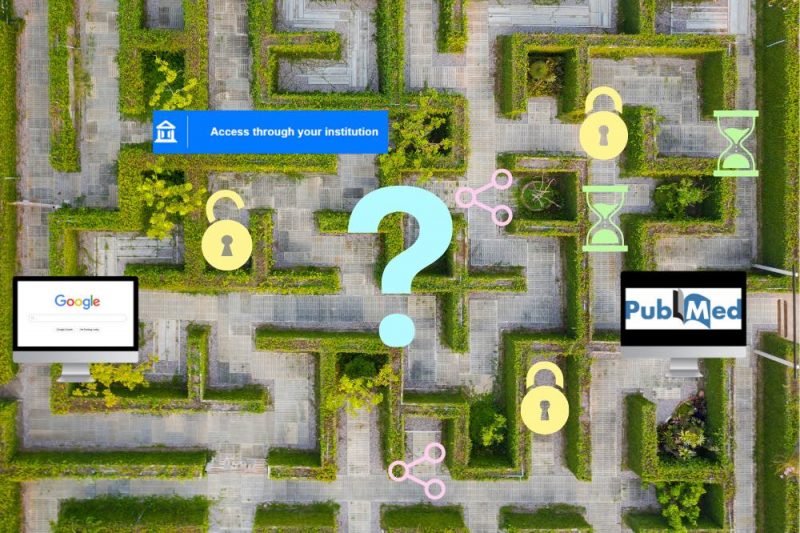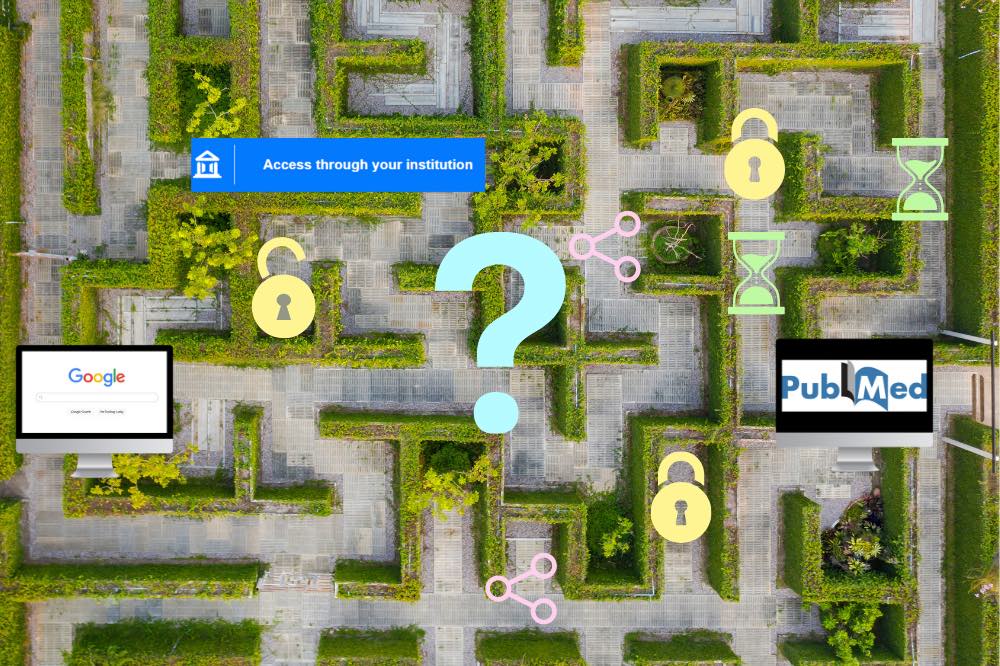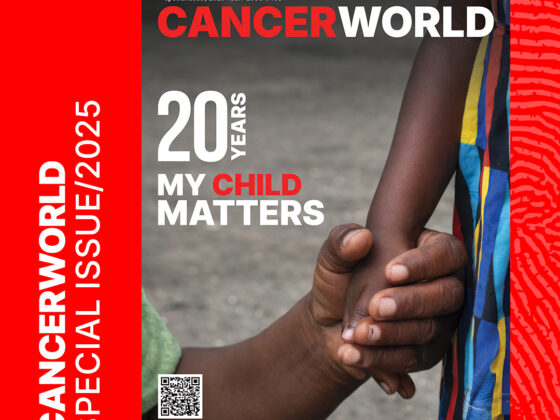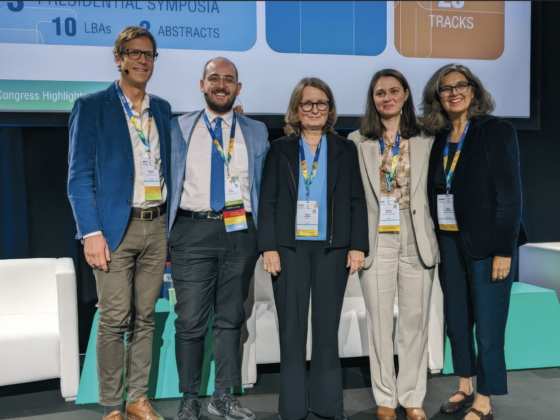Once solely engaged as participants in academic studies and research, patients are increasingly becoming more involved at several stages of the research process. From helping large organisations assess grants and prioritise funding calls to participating actively in teams running research studies, ‘patient engagement’, and how to do this effectively, is a rapidly evolving topic. With this greater involvement, patients are increasingly finding themselves encroaching on traditionally academic spaces, with their ‘lived expertise’ now often considered to have significant value.
While some institutions, publishers, and research funders have begun to take steps to support involvement of patients, there is some way to go to ensure that patient expertise plays a full and impactful role in academic medical research. One of the academic pillars adapting to patients is academic publishing, with patients sometimes being given authorship as notable contributors to research projects. But as some patients are finding out, the tightly knit and sometimes co-dependent ties between academia and publishing can sometimes create an inflexible environment which is not always hospitable to patients as authors. One result is that patients searching for information about their own disease and treatment options can find themselves barred from access to some of the content that may be of greatest relevance.
Liz Salmi lives in California and has been living with a brain tumour for 17 years. Salmi can reasonably be described as a patient advocate who is highly engaged with research, having co-authored over 30 publications in mainstream academic journals. Many of these were on the OpenNotes initiative, to give patients access to their online medical records, and she is currently their Patient Initiatives Director and a Senior Multimedia Communications Manager at Beth Israel Deaconess Medical Center in Boston. Earlier this year, while working with a group at the National Cancer Institute, she pitched an article about their work to a journal editor. The editor was enthusiastic and invited them to submit.
“The paper was a commentary with patients talking about their experiences in a particular area of neuro oncology,” said Salmi. “We kind of went rogue, thinking we were doing the right thing, and then our principal investigators were like, this is cool, but we were not expecting this at all.”
In this case, the proposed contribution was not from the research group as a whole, but an independent, yet undeniably related, contribution from the patient partners. And this is where the issues arose. The funder of the project required it to be published open access, but, as Salmi commented on a LinkedIn post about the situation, “as patient investigators, we don’t have the funds to cover the open access fee,” adding, “This is why so many patient partners don’t publish. The barrier to entry is too high.”
In this particular instance, the researchers were eventually able to find other funds to cover the publication fee. “We had to go back to the investigators and say: I know you didn’t expect when you wrote this proposal four years ago that your patient partners would say – can we have money for publishing too?” said Salmi.
Salmi’s experience highlights a couple of emerging issues. One is the rapidly blurring line between patient partner and researcher and the other is the moral and ethical question of patient partners being effectively charged for sharing their lived expertise in academic publications.
“There is an ethical question over whether patient partners should effectively be charged for sharing their lived expertise in academic publications”
As one of the world’s most prominent patient partners in neuro-oncology, Salmi has invested considerable time in making connections and gaining expertise that allow her to more easily fit into the academic research world, and frequently works with well-funded research groups. But that alone is not enough to enable her to publish where formal academics publish, on open access platforms.
“I understand how research works, I can help co-design and write the aims for a project. But I actually cannot apply for an NCI grant myself because I don’t have a PhD and so, if I have an idea, I must always go through someone who has the formal training in order to put something together,” said Salmi.
For patients starting to publish as lived experts, there are pressing questions about whether they should be exempt from publication fees altogether. Most patient partners will not have the experience and networks Salmi has, and they will find it much harder to negotiate access to open access publishing fees. As opposed to salaried researchers, publication as a patient often comes with altruistic rather than professional recognition, and patients may or may not receive financial compensation for their time generating contributions, making it difficult to justify that they should pay to publish their work in any capacity.
What sort of bias does that introduce to which expert patients and lived experiences get included in the academic literature?
Advocates like Salmi have undoubtedly contributed to significant positive change in their fields of expertise, and to the landscape of patient engagement more generally. But if gaining a seat at the table requires years of networking, navigation and undoubtedly a certain type of determined personality and skillset, what sort of bias does that introduce to which expert patients and lived experiences get included in the academic literature?
Maria Hägglund is an associate professor in health informatics at Uppsala University, Sweden, who leads a research group on participatory e-health and health data. A software engineer by training, Hägglund met Salmi at a workshop in Austria that focused on patient records and online access. Hägglund briefly undertook a fellowship in the US where Salmi was based before returning to Sweden. They have since worked together on a number of projects.
“Swedish universities have quite a good publishing agreement with lots of the major scientific journals. Many Swedish funders require you to publish open access, which of course comes with costs. Universities have seen challenges for individual researchers to pay the open access fees, so they negotiate university wide publication agreements with the major publishers,” says Hägglund.
Anyone employed by, or affiliated with, Uppsala University can make use of these agreements and, due to their ongoing work together and obvious benefits of strengthening the collaboration with Salmi, Hägglund helped arrange an associate affiliation for Salmi with Uppsala.
“We’re working on joint publications, joint projects and applications. We were able to affiliate her with our research group, which also means that she has then the possibility to use that affiliation in publishing her work,” says Hägglund.
Because of this affiliation, Salmi can now go through Uppsala University to publish open access, removing the financial burden and allowing her more independence to publish her contributions. But although this strategy is effective on the micro-level for Salmi, she and Hägglund both know that this likely won’t work for many patients wanting to publish their work.
“I think we’re missing out on a lot of good, high quality, both research and reflections on research from patients and other public contributors,” says Hägglund. “Of course, there’s lots of possibilities to publish on other forums, but it doesn’t really have the same weight as going through the peer review process of a scientific journal, right?”
“I think we’re missing out on a lot of good, high quality research and reflections on research from patients and other public contributors”
Open access articles are now considered to be the gold-standard approach for academic publishing, with a number of funders and institutions requiring them. Open access papers are usually accessed with a single click, increasing accessibility for patients, students and academics from low-income countries. Patients are, perhaps unsurprisingly, passionate about open access, both out of principle and ease of use. Although reading non-open access publications is often possible for patients by emailing the study authors or filling in forms on publisher websites, doing this to access every single manuscript is a questionable use of time and labour for people who are often essential components of scientific studies. But open access is expensive, and it is often the research funders themselves who foot the bill, eager to ensure the research is widely accessible.
Stakeholders’ responsibilities
There are three main stakeholders who perhaps should be responsible for facilitating patient partners to publish in academic journals. One is the journals themselves – it could be argued that a patient perspective provides significant added value to the readership and, as such, journals should foot the bill for valuable content. The second is the institution, as with Salmi’s agreement with Uppsala University, but this seems unlikely to be a widely acceptable solution. The last is the research funder – as frequently seems to be the case at the moment.
“Publishing is a partnership of stakeholders – researchers, research institutions, funders and publishers – with responsibilities shared between the groups,” says Mina Razzak, Editorial Director of Nature Reviews at Springer Nature. “Publishers absolutely welcome the addition of patients, who bring a critical voice into that partnership.”
Coordinating academic publishing is not a simple task, she adds. It involves numerous online servers and IT expertise, editors, graphic designers, and of course volunteer expert reviewers. However, publishers have been criticised in recent years over large profit margins and, increasingly, lack of compensation or incentives for expert reviewers volunteering their time.
“Non-primary content (such as Reviews, Perspectives, News and Views and Comment articles) is typically published under subscription at our journals because editors, art and production staff, copy editors etc. add substantial value to this content, which makes the subscription model most suitable to cover the high production costs,” says Razzak.
She also mentions other ways in which authors can share their manuscripts, including via SharedIt – a way for authors to request a shareable link of their own work, which was launched at Springer Nature in 2016 after a successful pilot. The scheme enables authors to share their article with people who get in touch with them to request it, which is certainly a start, though the conditions preclude authors from sending the link to any of their contacts without the recipient’s prior consent. Authors are also able to post the link online, for instance, on “social media platforms, author websites and in institutional repositories”. This means it could potentially be picked up by search engines, though in practice the link to the pay-walled version on the journal site would be much more visible, and searchers may be unlikely to dig deeper to see if they can find an accessible route.
These restrictions are understandable, as pointing searchers to a free route would undermine the subscription publishing model, and is in line with the stated purpose of SharedIt, which is for “small-scale personal” use. This facility can certainly be of value to ensure the contributions of patient partners get more visibility within communities already engaged with this topic. What it does not resolve is giving access to some of the people who may have most urgent need of the information – the person with cancer scrolling through research on their phone while waiting for a medical appointment or an exhausted caregiver of a child with cancer googling recent advancements in treatments late at night while their child sleeps, bouncing from reference to reference and being frustrated by hitting constant sign-in pages or article payment requests. Perhaps a useful question for these types of link sharing access is not only who is being reached, but also who isn’t.
Another option that Razzak mentions could help address the visibility problem. This is the so-called ‘green open access’ option, whereby researchers may upload a version of their manuscript to PubMed Central or other open repository, after an embargo period of usually six to twelve months from its initial publication. This is undoubtedly a valuable option that can give a searchable public platform to the work of authors who are unable to publish via the paid-for ‘gold open access’ route. Though it too has its limitations. It relies on authors knowing they can do this, remembering to do it, and completing all the required steps. And during that half or full year delay, the field can move on. In the information era, most conversations about research happen in real time. Conferences have hashtags and named influencers – including, increasingly, patient attendees. Researchers do tweet threads timed for the day of release of notable papers to maximize conversation and excitement about their work. In the fast-paced world of cancer research, six months is a long time to wait, and the conversation will have moved on by the time most patients can access the full publication.
In the fast-paced world of cancer research, six months
is a long time to wait
A core part of good patient engagement is making it easy. How many patients see a paper they are interested in and then email the author to ask for access? How many patients would feel intimidated by ‘bothering’ a researcher for a full paper, particularly as it can be hard to predict whether a given article will indeed contain the information they were looking for. What if the researcher, despite being willing to share new papers, genuinely misses the email and the patient feels disenfranchised and ignored? How many patients will see an exciting discussion on social media amongst researchers about a new paper, make a note that it will be accessible in six months, and wait until then to go and get it? There are so many steps at which the provisions that are currently available can fall apart.
“While I understand the interest in open access, it’s not the only model in which information can be shared,” says Razzak, noting that NPJ also publishes news content with in-house writers, research highlights, and community pages, which welcome patient contributions, and other media such as webinars, which are available to all. “In my opinion, we are doing our job best if we continue to support multiple platforms for engagement rather than solely the journal article.”












